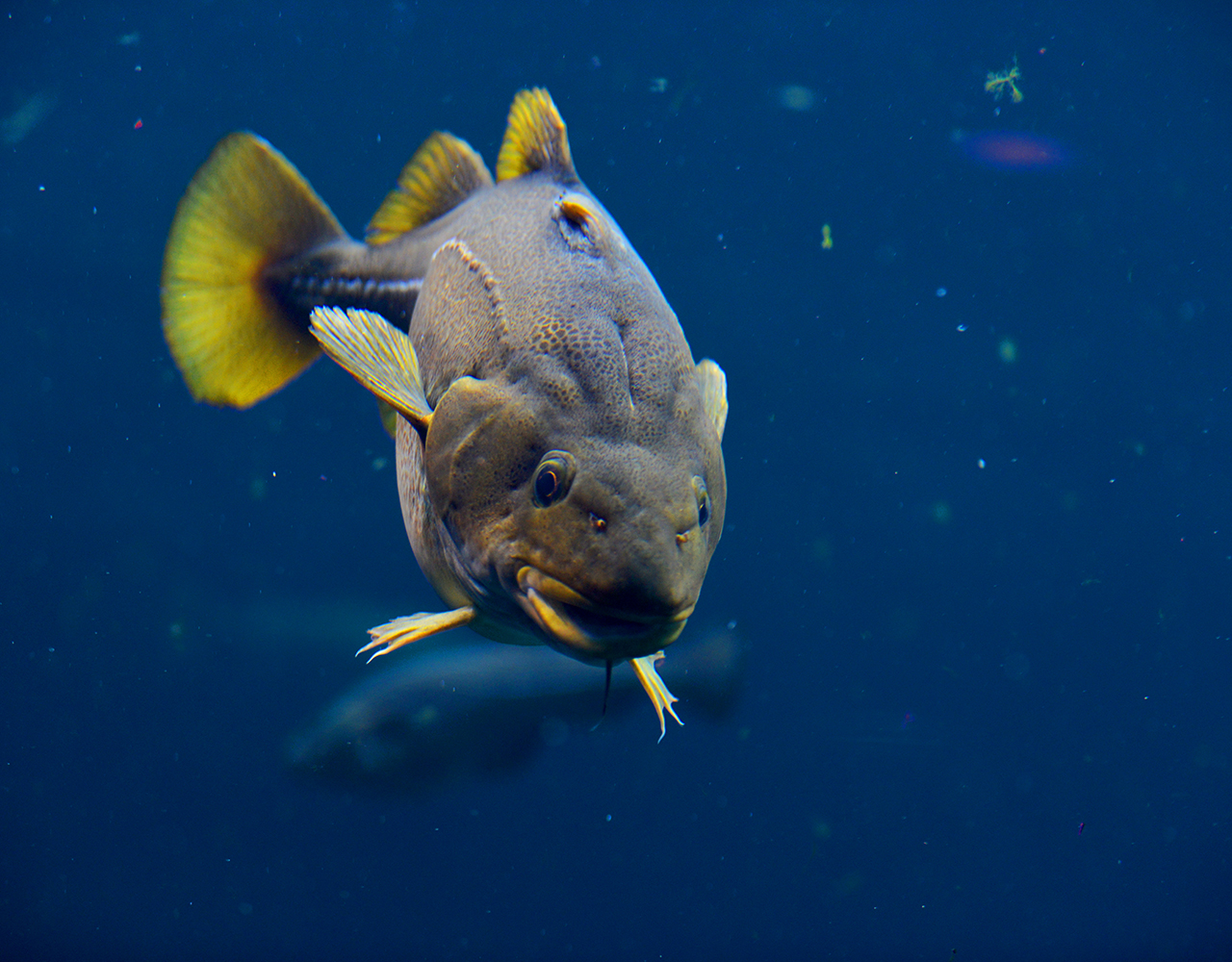In September, Carleton researchers found high levels of micro plastics after surveying 500 kilometres of the Ottawa River. In more recent studies, research shows that now plastic micro fibres that originate from fleece, athletic wear, and synthetic materials are the main problem.
Jesse Vermaire, Carleton professor of environmental science and environmental studies who completed the research, said he narrowed the issue down to microfibres by counting the plastics that were retained in the filter under a microscope.
“We were really surprised at how many were there and that we found them in every sample,” he said via email.
Vermaire said the department is not sure how the microfibre got in the river in the first place, but a possibility is that at least some of them come from washing clothes.
“Other studies on marine microplastics have shown that washing synthetic clothing releases hundreds to thousands of these tiny microfibres per wash,” he said
Regarding the health of the river and if there are negative impacts, Vermarie said it is an area that requires more research.
“We know the plastics are there but we still don’t know at what levels become a problem to the river ecosystem.”
He said microfibres were found in the canal as well, but the amount varied with each sample.
“Government and industry are working to phase out plastic microbeads, which is great but the problem of microfibres and small plastic fragments is much harder to control given how widespread the use of plastic is,” he said. “Once these small plastic fibres are in the water I think it is nearly impossible to clean them up, or at the very least it would be prohibitively expense for a system like the Ottawa River.”
Vermaire said some animals will eat microplastics, and it isn’t good for them. He said more research needs to be done to determine what species are at risk and how many they would need to eat.
Meaghan Murphy, senior scientist at the Ottawa River Keepers, said microfibres absorb chemicals in the water, and once they are eaten by animals the chemicals get released. She said microfibres are a very difficult thing to deal with.
“There are a number of side organizations that are trying to look into different technology and things that could remove microfibres, but it is not at that level right now,” Murphy said. “To think about how to remove synthetics from our culture at this point is a much more challenging thing than microbeads.”
– File photo






